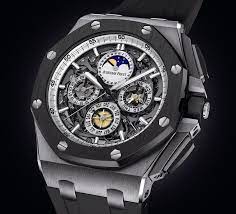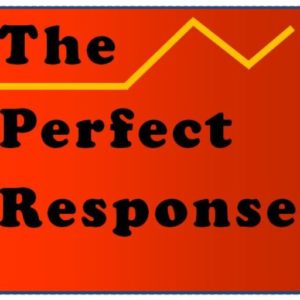
[Back in 2015 I sung the praises of strong coffee as a sure aid in getting over writer’s block. It still has this virtue for many of us, but my aging self can’t handle a racing pulse from the same doses of caffeine. If, as they say, death is God’s way of telling us to slow down, more modest levels of caffeine may keep us in the game a little longer.]
Many of us owe the completion of at least a few big projects to the caffeine that the brain needs more than the stomach. New Yorker Cartoonist Tom Cheney obviously loves coffee. A lot of his cartoons have featured the stuff. My favorite is entitled the “Writer’s Food Pyramid,” with a food-group triangle of “essentials” for scribes that would give most dietitians severe heartburn. His pyramid was a play on those dietary charts that usually adorned classroom walls in the 80s. At the wide base of Cheney’s chart are “The Caffeine’s” of cola, coffee and tea. They anchor the rest of a pyramid of necessities which include “The Nicotines,” “The Alcohols” and “Pizza” at the very top. Together they make the perfect fuel cell for a cultural worker. (OK; probably not nicotine, which is an addictive and deadly substance).

Cheney obviously knows about writers, which a movie mogul in the age of the typewriter once dismissed as “Schmucks with Underwoods.” But there’s actually some method in all of this madness. Communication—at least the process of generating ideas—is clearly helped by the spur of this addictive substance. We have more than a few studies to suggest that writers and others who create things can indeed benefit from the stimulant. Notwithstanding a New Yorker article a few years back suggesting just the opposite, caffeine is likely to enhance a person’s creative powers if it is used in moderation. I’m sure I’m not alone in owing the completion of at least a few books to the sludge that now makes my heart race.
It turns out the stimulant has a complex effect on human chemistry. As the Atlantic’s James Hamblin explains, caffeine is weaker than a lot of stimulants such as Adderall, which can paralyze a person into focusing for too long on just thing. It’s moderate amounts that do the most good. Even the doubting New Yorker article concedes the point: Caffeine
“boosts energy and decreases fatigue; enhances physical, cognitive, and motor performance; and aids short-term memory, problem solving, decision making, and concentration ... Caffeine prevents our focus from becoming too diffuse; it instead hones our attention in a hyper-vigilant fashion."
To put it simply, the synapses happen more easily when that triple latte finally kicks in. A morning cup dutifully carried to work even ranks over keeping a phone in one hand. And then there are more recent studies in the last few years linking moderate caffeine intake with lower rates of Type 2 Diabetes, lower rates of depression, reduced risk of heart disease, and even human longevity.
But there is an exception. A person giving a presentation to a live audience probably should avoid what amounts to a double dose of stimulation, given the natural increase in adrenaline that comes when we face a group waiting to hear from us. For most of us a modest adrenaline rush is functional in helping us gain oral fluency. It works to our benefit because it makes us more alert and maybe just a little smarter. But combining what amounts to two stimulants can be counter productive. They can make a presenter wired tighter than the “C” string at the top of a piano keyboard. We all know the effects; instead of the eloquence of a heightened conversation, we get a jumble of ideas that are delivered fast and with too little explanation. In addition, tightened vocal folds mean that the pitch of our voice will usually rise, making even a baritone sound like a Disney character.
All of us are different. But to play the odds to your advantage, it is probably better to reserve the use of caffeine for acts of creation more than vocal performance.
![]()



